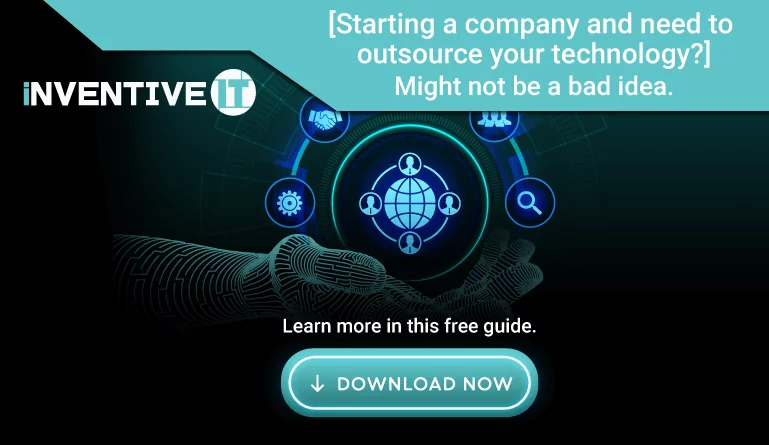A common buzzword related to information technology support is known as “Managed Services” and “Managed Service Providers.” It is becoming increasingly common for midsize to enterprise businesses to move toward a service where they can offload some of their most time-consuming IT operations and focus more on the other important aspects of their business.
While there are a wide range of managed IT service offerings, the primary idea behind all of them is to ensure the responsibility of maintaining IT services lies with the service provider. A managed service provider should automate business operations and help to enhance your journey in reaching your business goals.
Among other things, the managed service provider you choose should offer assistance with your end users, network and infrastructure support, consistent and frequent monitoring, backup and restoration functions, skilled hands when needed and complete management of your solution.
But, how can you tell if a service provider is truly using “managed services” as a bonified package or service offering and just as a marketing tool?
Here are 11 questions you can ask when on the hunt for the right managed IT service for your business:
- Does the MSP offer an IT help desk?
- Does the MSP have partnerships with third-party IT vendors?
- Does the MSP offer local on-site technical support?
- Does the MSP support your network and infrastructure security requirements?
- What compliance frameworks does your MSP support?
- Does the MSP provide 24/7 monitoring and incident response services?
- Does the MSP offer secure data centers for hosting your data?
- Does the MSP offer flexible contract terms?
- Does the MSP have certified IT staff?
- Is the MSP able to manage applications, infrastructure, and assets?
- Does the MSP guarantee uptime, ticket-resolution rates, and issue response times in its SLA?
( Also Read: Benefits of a Managed IT Service )
Many businesses are able to see major benefits and cost savings by having an MSP in place. Additionally, a wealth of experience is added to any company’s IT infrastructure especially when managing multiple client accounts when in-house teams don’t have the bandwidth to do so.
Furthermore, having a single line item to add to a monthly, quarterly, or annual budget frees up a lot of time to focus on more operational functions of your business.









